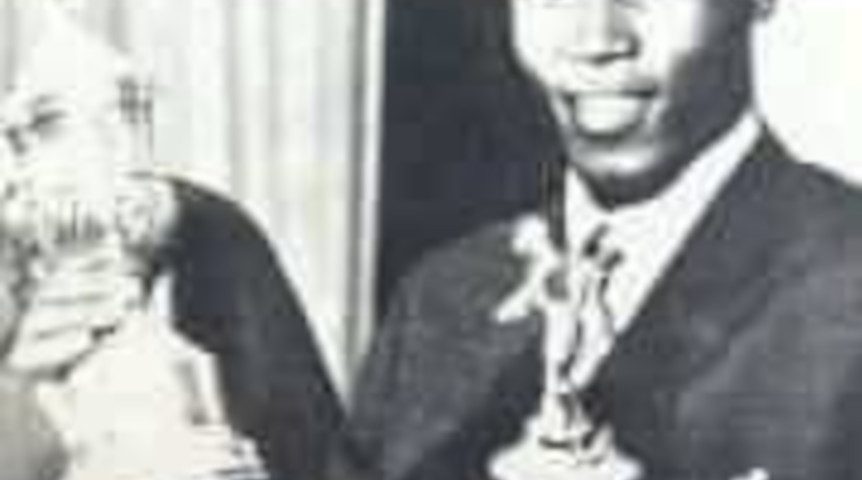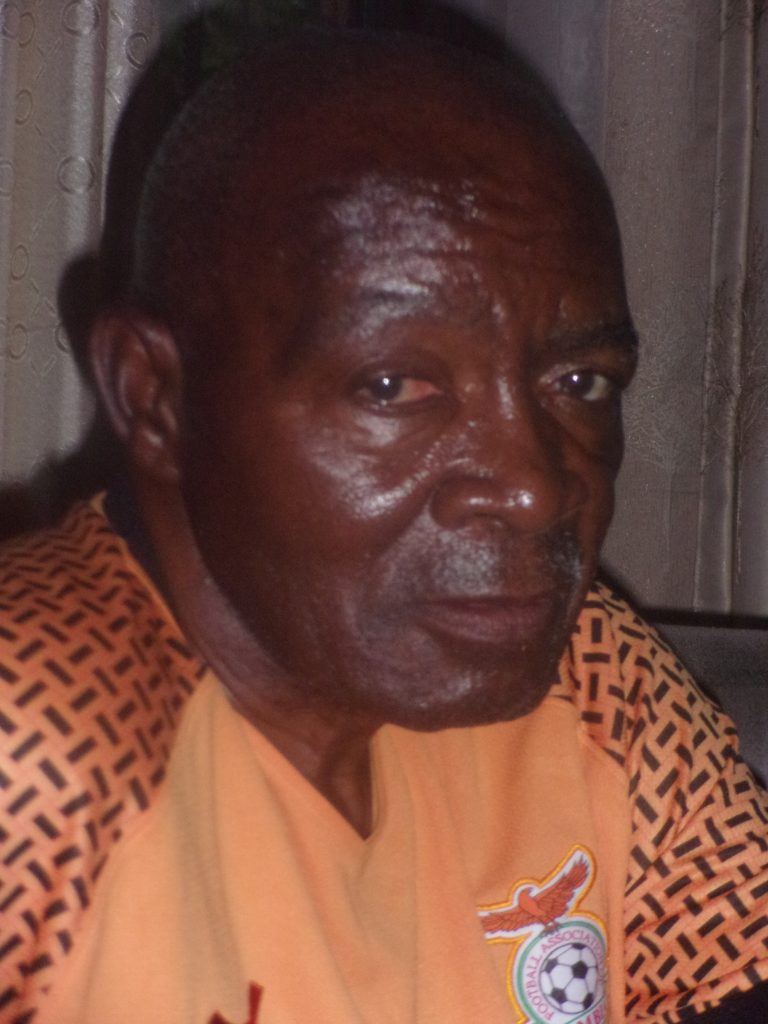Africa’s Undisputed Goal King (Part Fifteen) Offside

Africa’s Undisputed Goal King (Part Fourteen) Where’s the VAR?
October 16, 2020
We Stand With You
October 22, 2020Africa’s Undisputed Goal King (Part Fifteen) Offside


By Satish Sekar © Satish Sekar (May 7th 2020)
Removing Doubt
Zambia’s Goal King, Godfrey Chitalu, had a phenomenal 1972. Bizarrely, his record-breaking and trophy-laden year had not registered with the voters of France Football Magazine in the vote for the African Player of the Year (APotY) Awards – he was not in the top three. Surely, after such a year, he must have been in the top five at least.
Strange things happened in the vote. Al Ahly and Egypt’s stylish and efficient left-back, Hani Moustafa distinguished himself over a decade. He polled 4th in the APotY Awards of 1972. He captained both teams and was recognised in the Team of the Tournament of the Africa Cup of Nations in 1970 and 1974.
But 1972 was different – Egypt did not qualify for the Africa Cup of Nations, and Egyptian club football was a total mess.
Ismaily won the Egyptian League in 1966-67. It would not be contested again until 1971-72 and that season was not completed either – it ended before 1972 began. The Egyptian Cup was not completed either.
On December 22nd 1971 violence erupted between Al-Ahly fans and Zamalek fans. Egyptian football was cancelled for the season. That meant that Moustafa did not play a competitive match in the first part of 1972.
Ahly was not in the African Cup of Champions Clubs, the only continental competition for clubs at that time. So, Moustafa’s 1972 was limited to less than ten league matches and any early rounds of the cup for the season 1972-73. He can’t have played more than a dozen competitive matches in Egypt in 1972.
Friendly Tournament
However, he was in the Africa squad for Brasil’s Independence Cup, which celebrated the 150th anniversary of Brasil’s independence from Portugal[1] with a few of the best players in the world who were available to play. It was a friendly tournament that involved 20 teams.
Many of Africa’s best were unavailable, as were Europe’s best teams as the European Championship was taking place in Belgium – West German great Gerd Müller, enjoying a fantastic European record-breaking 1972, excelled at that tournament in Belgium.
Nevertheless, Brasil certainly took it seriously with World Cup winning greats, Tostão (Eduardo Gonçalves de Andrade), Roberto Rivelino and Jairzinho (Jair Ventura Filho) among others featuring in a squad coached by World Cup winner as player and coach – the first to do both – Mário Zagallo.
Eventual finalists, Portugal, led by the late great Eusébio (Eusébio da Silva Ferreira) did not come just to take part either. Jairzinho netted the trophy winner – the only goal of the final. But other participants did not.
Five stronger teams had byes. Two confederations, Africa and the Confederation Of North, Central American and Caribbean Association Federations (CONCACAF) were represented as teams.
Both of them were drawn in Group A, along with Colombia, France and Argentina. Only the group winners advanced to the next stage – the final eight with the top two from both groups going forward to the semi-finals.
CONCACAF finished bottom of their preliminary group, Group A. The only point they obtained was a 0-0 draw against Africa. Colombia lost to Africa 3-0. Africa lost to France and Argentina 2-0 to finish third, but there were notable absentees from Africa’s squad – Chitalu for one was on international duty in World Cup qualification in the second leg against debutants, Lesotho. The first leg in Maseru in April had ended 0-0.
[1] Brasil’s independence was strange. It was led by a very unlikely source, its Prince Regent, who became the Emperor Pedro I – he was the son of the Portuguese King João VI who had fled Europe in 1807 to protect the Portuguese monarchy from falling in Napoléon Bonaparte’s clutches.
In September 1822, Pedro declared Brasil independent from Portugal – he had been advised to stay in Brasil and make it his own by his father. Pedro was briefly King of Portugal too in 1826. He returned to Brasil and ruled there until he abdicated in favour of his son Pedro II in 1831, as reconciling ruling both Brasil and Portugal proved too difficult. He tried to seize power again in Portugal in 1832, but died of tuberculosis in 1834, aged 35.
Brasil’s independence from Portugal also involved British veterans of the Napoléonic Wars, such as Thomas Cochrane (the 10th Earl Dundonald), who also played an important in Chile’s independence struggle by organising its navy, as he later did in Brasil too. He was also involved in Perú’s independence struggle. Cochrane engineered Brasil’s complete independence from Portugal, largely by bluffing them that reinforcements were nearby. The Portuguese surrendered and Cochrane was rewarded by a grateful Dom Pedro with the title Marquês do Maranhão and a coat of arms to illustrate his status in Brasil. He later suppressed a rebellion and demanded a reward, taking public resources and a Brasilian frigate and returned to Britain in 1825.

A young Fred Mwila scored a hat-trick, Chitalu a brace, and Joseph Mapulanga the other in the 6-1 rout in the return leg at the Dag Hammarskjöld Stadium in Ndola on June 4th.
Chitalu also continued to excel for Kabwe Warriors during the Independence Cup as did other Zambians.
Meanwhile, Moustafa played all four matches for Africa, so this may well be the highlight of his 1972, but even if it was, how could he be the 4th best African player in 1972? It could only have been a vote on reputation and popularity unless Brazil’s Independence Cup was elevated to a status above its worth. And even if it was, how could that come close to topping Chitalu’s year?

